4 Major Red Flags to Spot in Artificial Grass Quality
March 31, 2022
When it comes to artificial grass, we’ve seen a lot. Luckily, knowing how to spot significant issues in synthetic turf quality will help you pick out high-quality artificial turf.
Not knowing how to spot inferior synthetic turf can result in costly mistakes that can be more trouble than the installation is worth. This guide will show you how to identify poor-quality artificial grass and prevent yourself from making major mistakes.
1. Striping on the Synthetic Grass
Striping is a major red flag when it comes to artificial grass. If you’re looking at a sample of artificial turf and notice stripes, chances are, they aren’t quality turf.
The reason that striping occurs is that companies cut corners to make artificial grass as cheap as possible. These less-than-reputable retailers will generally skip steps in the manufacturing process and pay no attention to quality control once the finished product is ready for distribution.
Remember that cheap artificial grass might be a good deal upfront, but you have to remember you won’t get much use out of it. You shouldn’t have to replace your synthetic turf after a year or two due to ugly striping, which is why we recommend investing in synthetic grass that you can use for a long time.
2. Low Latex Quantities in the Artificial Turf
Another way to identify low-quality artificial turf is by looking at the latex levels. Latex is the substance that helps artificial grass hold its form.
Artificial grass needs to have a certain amount of latex to bind to the backing. If there isn’t enough latex or the synthetic turf has a low latex content, the artificial grass will lose its shape and shed fibers. This is a clear sign of a cheap product that isn’t of superior quality.
The rule of thumb is that artificial grass should have 4-6 percent latex by weight. You should always confirm this information with the company or the artificial turf’s technical specifications. Doing so will help you determine if the synthetic grass is worth purchasing.
3. Narrow Artificial Grass Fibers
Another telling sign of low-quality artificial turf is if the fibers are too narrow. Check the package to review the average diameter of the fibers. If the average diameter is less than 2.5 millimeters, the synthetic turf probably won’t be good.
Additionally, if the fibers are too narrow, they won’t hold up well over time. The small details are essential, and you don’t want to end up with a product that falls apart while you’re using it.
4. Thin Synthetic Turf Fibers
Another telltale sign of artificial grass is thin fibers. The fibers should be more than 3 millimeters in diameter. If the fibers are too thin, you’ll probably have to replace your artificial turf lawn long before you’ll want to.
You can find out if the fibers are thin by comparing them to a coin. You probably have bad quality turf if the coin sticks out from between the fibers.
Synthetic turf fibers will pull away from the backing if they are too thin, which will cause the fibers to break and fail to hold up well over time.
The last thing you want is to spend money on artificial turf that will fall apart. All it takes to avoid this is a little research. If you’re looking for reliable synthetic turf, look no further than Synthetic Grass Warehouse Reno. SGW Reno is committed to providing the best artificial turf products for residential and commercial properties throughout the country. Each product is backed by a 15-year warranty, ensuring that you have the support of our team of experts for years to come. Check out our wide range of products today, call us at (800) 651-3718 or reach out to us online!







